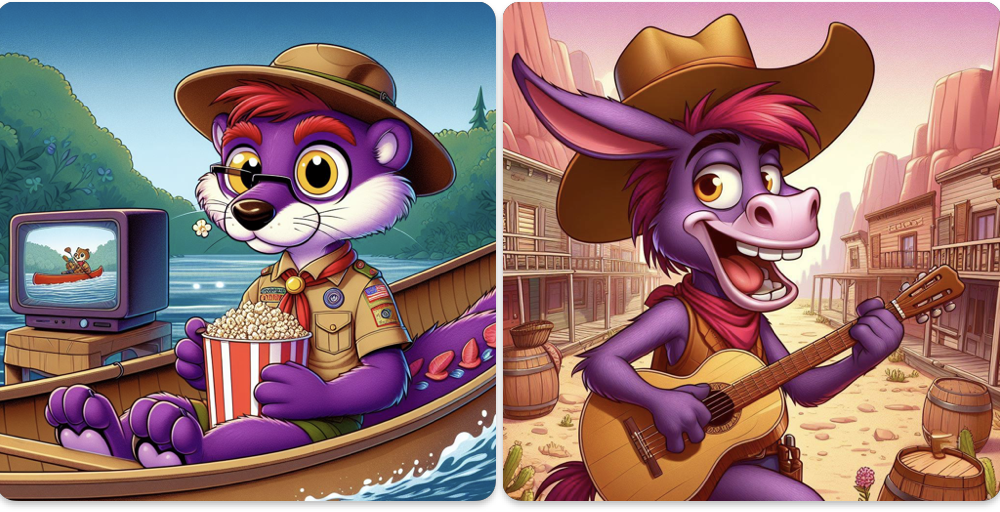
The Great Wolf Pack: A Call to Adventure

I first heard about Great Wolf Lodge through several commercials and an episode of Undercover Boss (though I didn’t watch said episode completely), with the immediate attraction being the indoor water park chain’s lupine mascot Wiley Wolf, outfitted in an adorable boy scout/park ranger combination uniform. As such, I researched said company and discovered their anthropomorphic animal cast aimed at younger audiences. The characters would endure several aesthetic changes, the latest of which would star in a short movie, The Great Wolf Pack: Call to Adventure, released in 2022.
The film itself stars Wiley Wolf in his latest design as he joins friends like Sammy Squirrel, Oliver Raccoon, and others in an adventure that later involves a clash between two races with a claim to a territory. The characters are cute, the animation is fluid, the themes are relatable, and the voice performances are well-executed. However, there are issues like the general kiddy nature of the movie and lack of appeal to older audiences. Many “why” moments regarding dialogue and conversations also abound, and other oddities like Oliver having red panda parents come at the end. The theme songs during the ending credits are somewhat excruciating as well.
Still, it’s not a long film and is viewable on YouTube.









